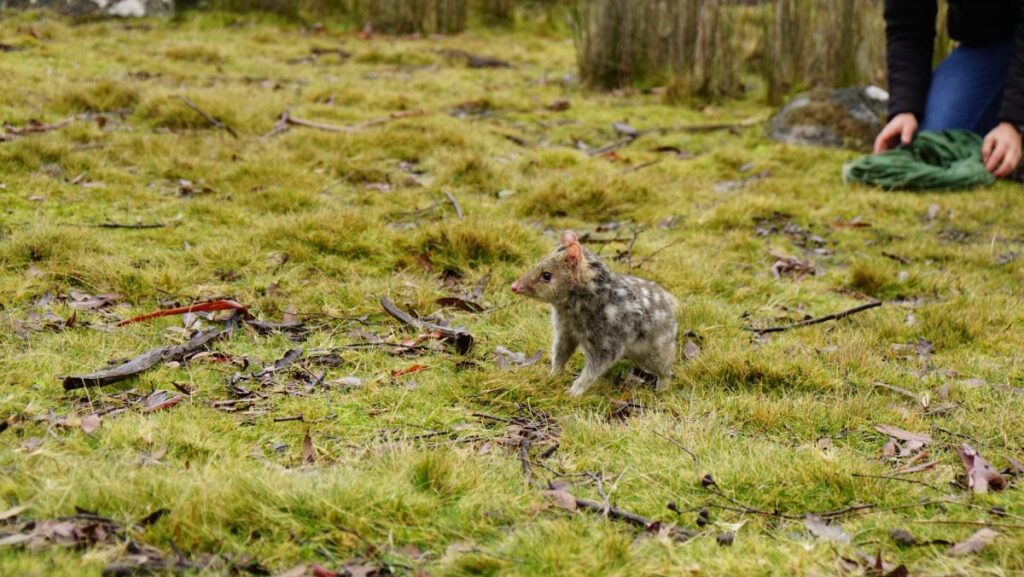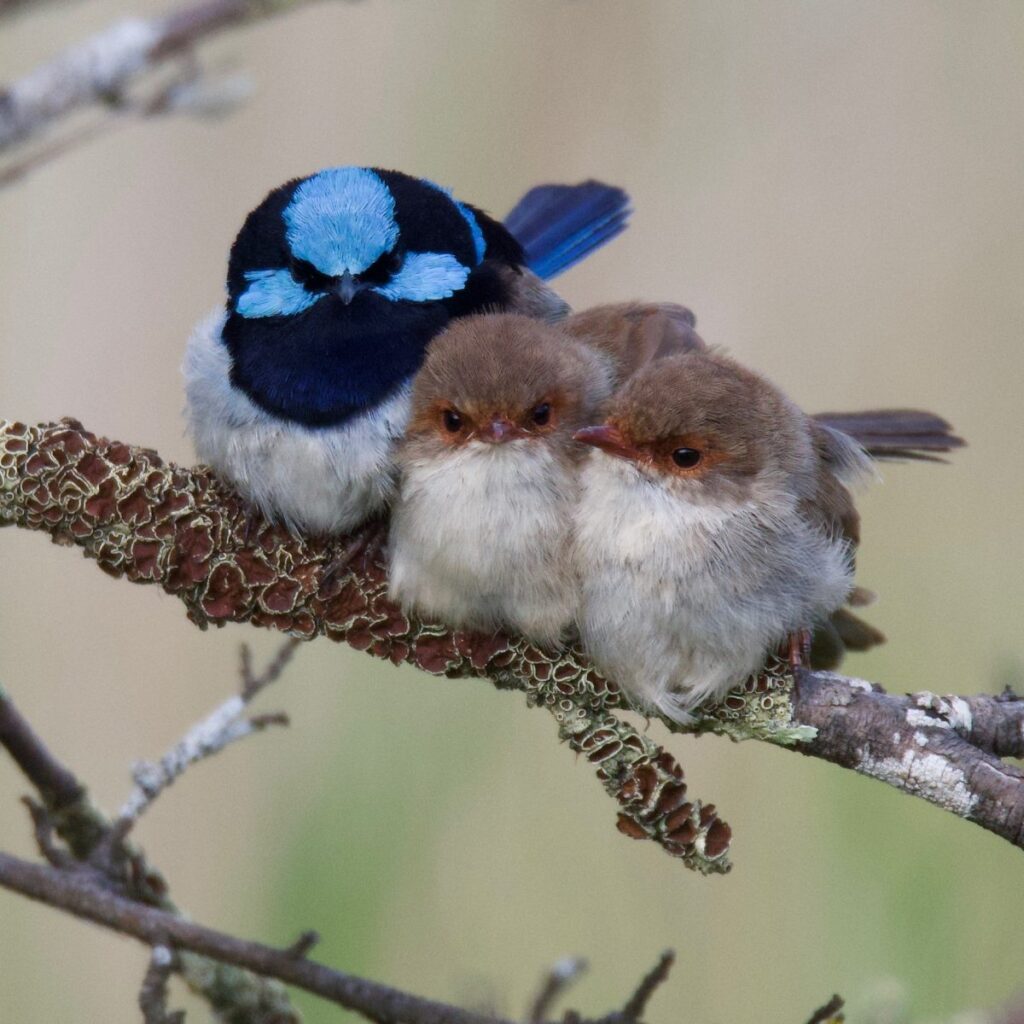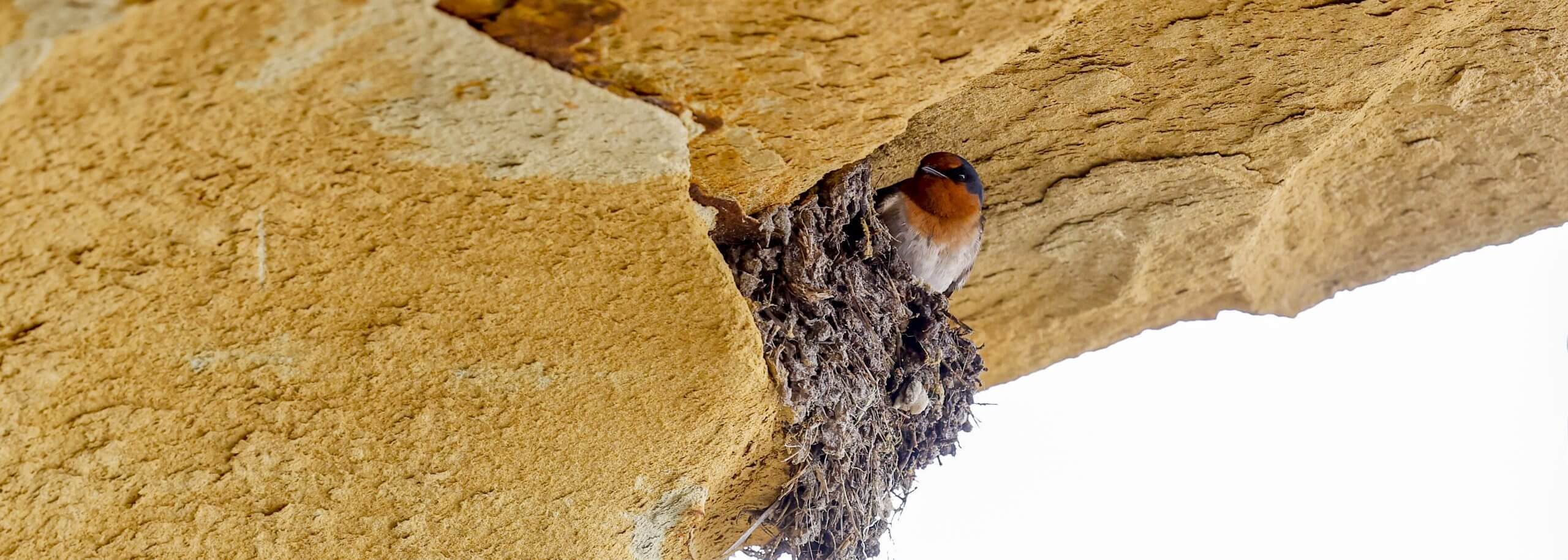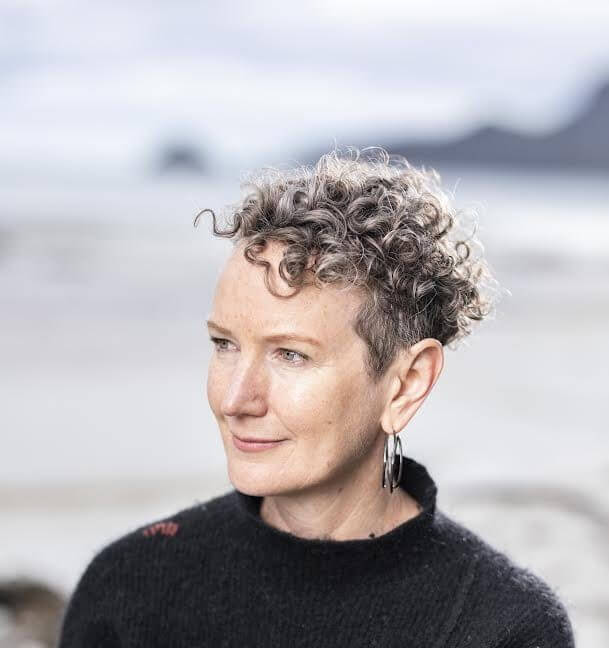Summer In Nature
Now that summer is really here, nature – on our reserves and elsewhere – is getting very active. This is peak field season for TLC scientists as well, as they head outdoors to count all kinds of species while they’re out and about. This is when much of our vegetation monitoring happens, with a particular focus this year all the wonderful flora species at Prosser River Reserve and on grassland paper daisies (Leucochrysum albicans ssp tricolor) at the Vale of Belvoir Reserve.
At Silver Plains, Dr David Hamilton will be checking in on eastern quoll populations, following up on the two years of research we’ve done so far on boosting populations in the central highlands. In November 2020, we released a cohort of captive-bred quolls to see if they would breed with wild quolls, and what the effects would be on populations. Genetic lab testing on samples from young quolls is being done now, and Dave will be doing another round of trapping and testing this summer – watch this space for an update!

Summer is the best time to trap young quolls because this is the time that they, along with young Tasmanian devils, are becoming independent from their mums and dispersing into their own territory. It’s a dangerous time for the young marsupials – they’re not as street-smart as their elders and many juveniles are killed on Tasmanian roads. Throughout summer, please drive slowly and keep an eye out for these kids so we can give them and their species the best chance at a bright future.
If you have juvenile quolls or devils on your own land, there is much you can do to look after them. Keeping cats and dogs away from marsupials is one of the most important things you can do; you can make sure your pets don’t roam freely, keeping dogs on a lead and cats indoors or in a run. Leaving log and rock piles where they can den is helpful, as is keeping your distance from any places you know young animals are growing up (such as under your shed or house). Avoiding rodenticide use means you’re a lot less likely to inadvertently poison devils or quolls.

We’re also in the middle of breeding time for birds. As the days get warmer, many of Tasmania’s smaller bird species will be fledging their second clutch for the season. Among those species are the forty-spotted pardalote: this year we installed nest boxes for these endemic birds at our Tinderbox Hills Reserve, and we’re hoping that by January they’ll have had a second nesting attempt for the season and will have fledglings enjoying the new accommodation.
Small woodland birds may also be fledging chicks in the places where you live. From December to March, take care if you’re trimming or removing vegetation, in case someone has chosen your bushes to make a home for their chicks. If you do accidentally bump into a nest, the mother or nestlings may ‘flush’ or fly away. This is an indication that the nestlings are about old enough to fend for themselves anyway, as they’re deploying an anti-predator response to abandon ship. If you move away from the nest, the mother will usually return soon enough.
Sometimes during summer you’ll find a baby bird on the ground. If you think it could be in immediate danger from cats, dogs or vehicles, pick it up and place in a nearby shrub. The parents will find it and continue to feed it. If there doesn’t seem to be danger it’s safest to leave it alone, though it’s worth remembering that touching birds does not mean that the mother will abandon them. If you find a little nestling that’s so young it has no feathers, or is unable to hop around on its own, then try to place it back in the nest gently without disturbing its siblings.
If you’d like to learn more about nature on your property, sign up for Land for Wildlife and WildTracker.
Banner photo is by Rob Blakers




